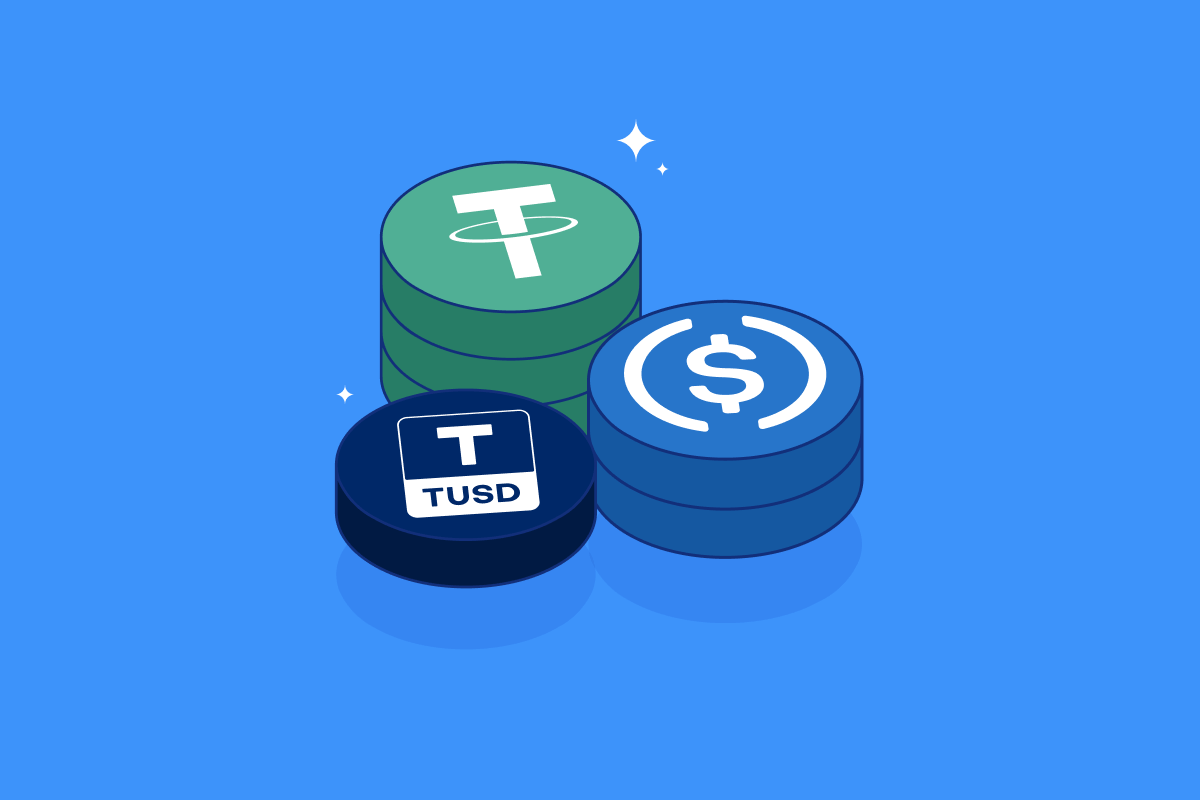Sidechain in Cryptocurrency
Introduction to Sidechains
Sidechains are secondary blockchain networks that are attached to a primary blockchain, often referred to as the “mainchain.” They enable the transfer of assets and data between the mainchain and the sidechain, allowing for enhanced flexibility, scalability, and functionality. The concept of sidechains has gained traction in the cryptocurrency space as a solution to expanding the capabilities of existing blockchain networks while minimizing congestion on the mainchain.
How Sidechains Work
The mechanics of sidechains involve several key components:
- Two-Way Peg: The ability to transfer assets between the mainchain and the sidechain, generally facilitated by a mechanism known as a two-way peg. This allows for the withdrawal and deposit of assets securely.
- Independent Consensus Mechanism: Sidechains often utilize different consensus algorithms from their mainchain, allowing them to experiment with new protocols, improve transaction speeds, or even enhance privacy features.
- Customizable Features: Developers can customize the technological aspects of a sidechain according to the targeted use case, which may include smart contracts, privacy enhancements, or alternative token models.
Benefits of Sidechains
Sidechains bring numerous advantages to the blockchain ecosystem:
- Scalability: By offloading transactions and processes from the mainchain, sidechains can significantly reduce congestion, improving overall transaction throughput.
- Experimentation: Developers can test new features, system protocols, or alternative token models without risking the integrity of the mainchain.
- Enhanced Privacy: Certain sidechains offer advanced privacy features, allowing users to conduct transactions without exposing their on-chain activity to the public.
- Interoperability: Sidechains facilitate the interaction between different blockchain networks, enabling cross-chain asset transfers and interoperability.
Examples of Sidechains
Several prominent projects implement sidechain technology:
- Liquid Network: Developed by Blockstream, the Liquid Network is a Bitcoin sidechain that enables faster transactions and confidential transfers, primarily aimed at exchanges and traders.
- RSK (Rootstock): RSK is a Bitcoin sidechain designed to allow smart contracts on the Bitcoin network, bridging the gap between Bitcoin and Ethereum smart contract capabilities.
- Polygon (previously Matic Network): A well-known layer 2 scaling solution for Ethereum, Polygon employs sidechain architecture to enhance transaction speeds and reduce fees.
Challenges and Considerations
Despite their benefits, sidechains face certain challenges:
- Security Risks: Sidechains can introduce additional attack vectors and may not benefit from the same level of security as the mainchain, potentially leading to vulnerabilities.
- Complexity: The integration and functional complexities of sidechains can pose challenges for developers and users alike.
- Centralization Concerns: Some sidechains may be more centralized than mainchains, raising questions about trust and control.
Conclusion
Sidechains offer a promising solution to several limitations faced by primary blockchains, such as scalability, experimentation, and interoperability. As the cryptocurrency ecosystem continues to evolve, the implementation and development of sidechains may play a crucial role in fostering innovation and expanding the use cases for blockchain technology. Their ability to adapt to varying technological needs while maintaining a connection to the mainchain presents exciting possibilities for the future of cryptocurrencies.


















